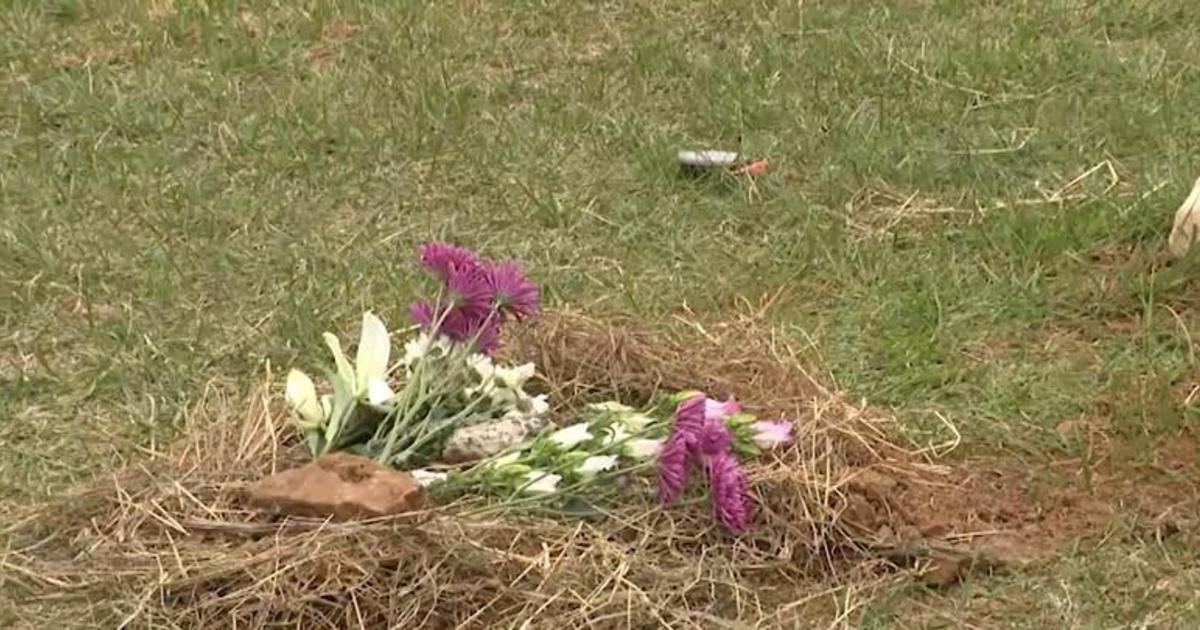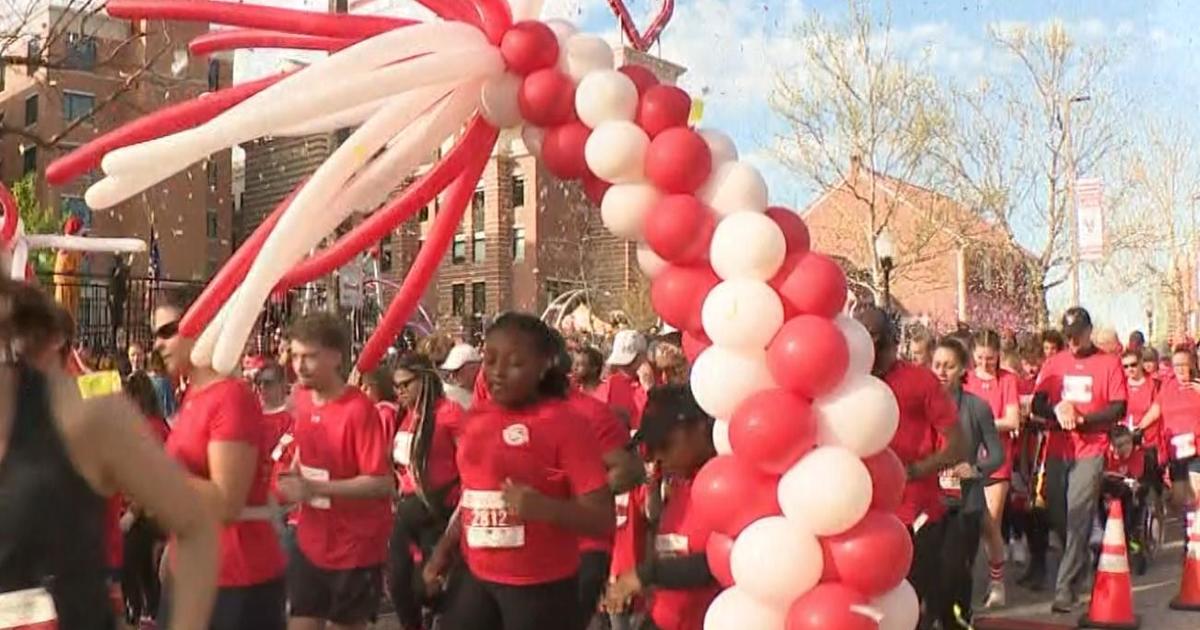Flying Gets Easier But Travel Woes Still Persist After Superstorm Sandy
NEW YORK (AP) -- Planes are getting up to speed faster than trains and automobiles in the storm-stricken Northeast.
All the region's major airports were open once New York's LaGuardia resumed flights Thursday morning. While there were additional canceled flights and the tri-state air space was still relatively empty, flying was closer to normal than moving by rail, subway or car.
By midday, about one-third of all scheduled departures from LaGuardia and nearly one-third from Newark, N.J., had been canceled, according to tracking service FlightStats.com. There were 192 canceled departures at LaGuardia, 188 at Newark, and 82 at John F. Kennedy International, or about one in every seven scheduled takeoffs for the whole day and evening.
That's nothing compared to earlier in the week, when the airports were virtual ghost towns. Airlines scrapped nearly 8,000 flights on Monday and another 6,500 Tuesday. Thursday's cancellations were about 1,000, according to FlightStats, bringing the total from Superstorm Sandy to more than 20,000.
Travelers like Kate Childs were just happy to be heading home.
She works for Random House and was in New Orleans for a launch party for a book release. After two cancellations by Delta Air Lines, she was looking at a flight home Friday. But her company's travel department managed to snag her the last seat on a Delta flight Thursday night.
It was a middle seat.
"I would take anything at this point," Childs said. "You could put me in the storage container, I'd be fine."
Cancellation numbers were smaller at airports outside New York. Reagan National outside Washington had 29 canceled departures by midday; Boston-Logan Airport 26; and Philadelphia 19. There were just five at Baltimore-Washington International Airport and nine at Dulles in Northern Virginia, according to FlightStats.
A spokesman for the Washington Metropolitan Airports Authority, which operates Reagan National and Dulles airports, said most of their cancellations were flights to and from the New York area.
The situation was the same in New England.
"We're in great shape other than to-and-from New York," said Matthew Brelis, a spokesman for Boston-Logan operator Massport. Service to the New York City area accounts for about 15 percent of the airport's traffic, he said.
There were still some hiccups.
For instance, JetBlue moved 13 flights originally scheduled to depart LaGuardia to JFK, leaving some travelers scrambling. But overall, travelers seemed happy to be finally moving once again.
"They were just opening up JFK and I thought it was going to be a nightmare," said Bryan S. Neft who was flying from Pittsburgh to Philadelphia and had the misfortune of connecting in New York. "I was pleasantly surprised that everything went very smoothly."
Neft's Delta flight landed in Philadelphia 30 minutes early.
As for other modes of transportation:
-- Intercity buses were possibly the best option. Greyhound, MegaBus and Bolt Bus were running nearly normal schedules. MegaBus, part of Coach USA, had canceled more than 550 trips, affecting 27,500 customers across 14 states in the Northeast and Midwest. On Thursday, 95 percent of its routes were restored and full service was expected Friday. Greyhound, Bolt Bus and Peter Pan were all running full schedules with the exception of storm-ravaged Atlantic City, N.J.
-- Amtrak ran trains Thursday between Boston and New Haven, Conn., and from Newark, N.J., to Washington and other points south. By midday, water from one of two flooded tunnels under the Hudson River had been pumped out. The first train into New York City was expected at 8:45 p.m. Thursday. There was no estimate on when service to the north would resume.
-- Commuter trains from the north and east of New York City also crept back to life but on limited schedules.
-- Most of New Jersey's mass transit systems remained shut.
-- Those who couldn't take mass transit were stuck on clogged highways and in long lines at gas stations.
-- Cruise terminals in Manhattan and Brooklyn remain closed. Several ships diverted to Boston, including at least one that rode out the storm at sea. Passengers aboard the Norwegian Gem reported 40- to 50-foot waves rocking the ship and people vomiting in the hallways.
Those trying to travel within New York City faced major challenges.
Police peered into the window of every car trying to enter Manhattan to ensure that drivers where following emergency carpool rules. It there weren't at least three people in the car, they were ordered off bridges and highways. Once on the island, they faced massive gridlock.
The subway -- which handles 5.3 million passengers on a typical workday -- wasn't running south of midtown or out to Brooklyn. They left many commuters waiting for the few seats on temporary shuttle buses into Manhattan.
At one Brooklyn bus stop, more than 1,000 people snaked through police barricades. At another pickup point, passengers rushed the door when a bus pulled up. It filled instantly, leaving most people stranded at the curb.
Others dusted off their bikes or just prepared for a lengthy walk.
Those able to take the subway were thankful.
Technology worker Ronnie Abraham was trying to get from Penn Station to Harlem on the subway -- a 20-minute trip. Buses fighting worse-than-usual traffic were taking 2 1/2 hours to make the same journey.
"It's the lifeline of the city," Abraham said of the subway.
(Copyright 2012 by The Associated Press. All Rights Reserved.)



